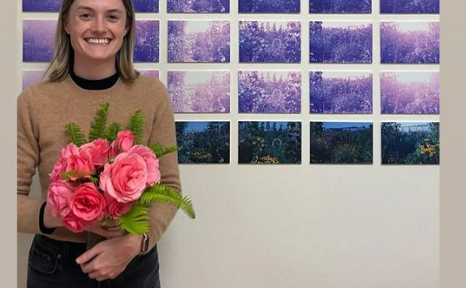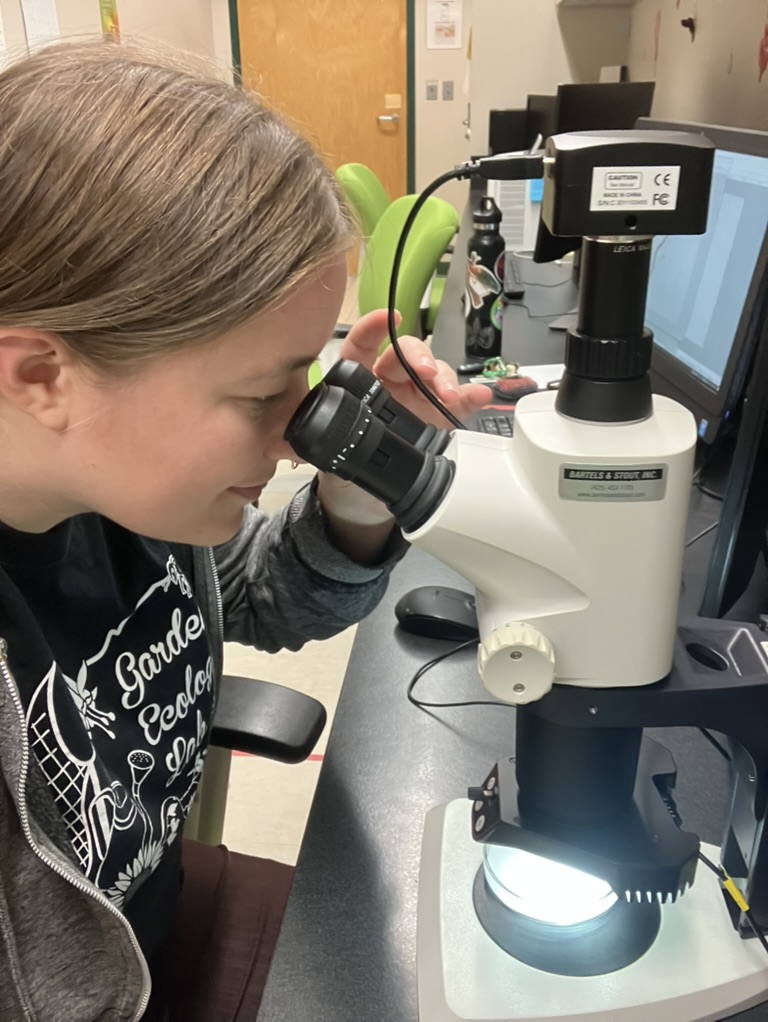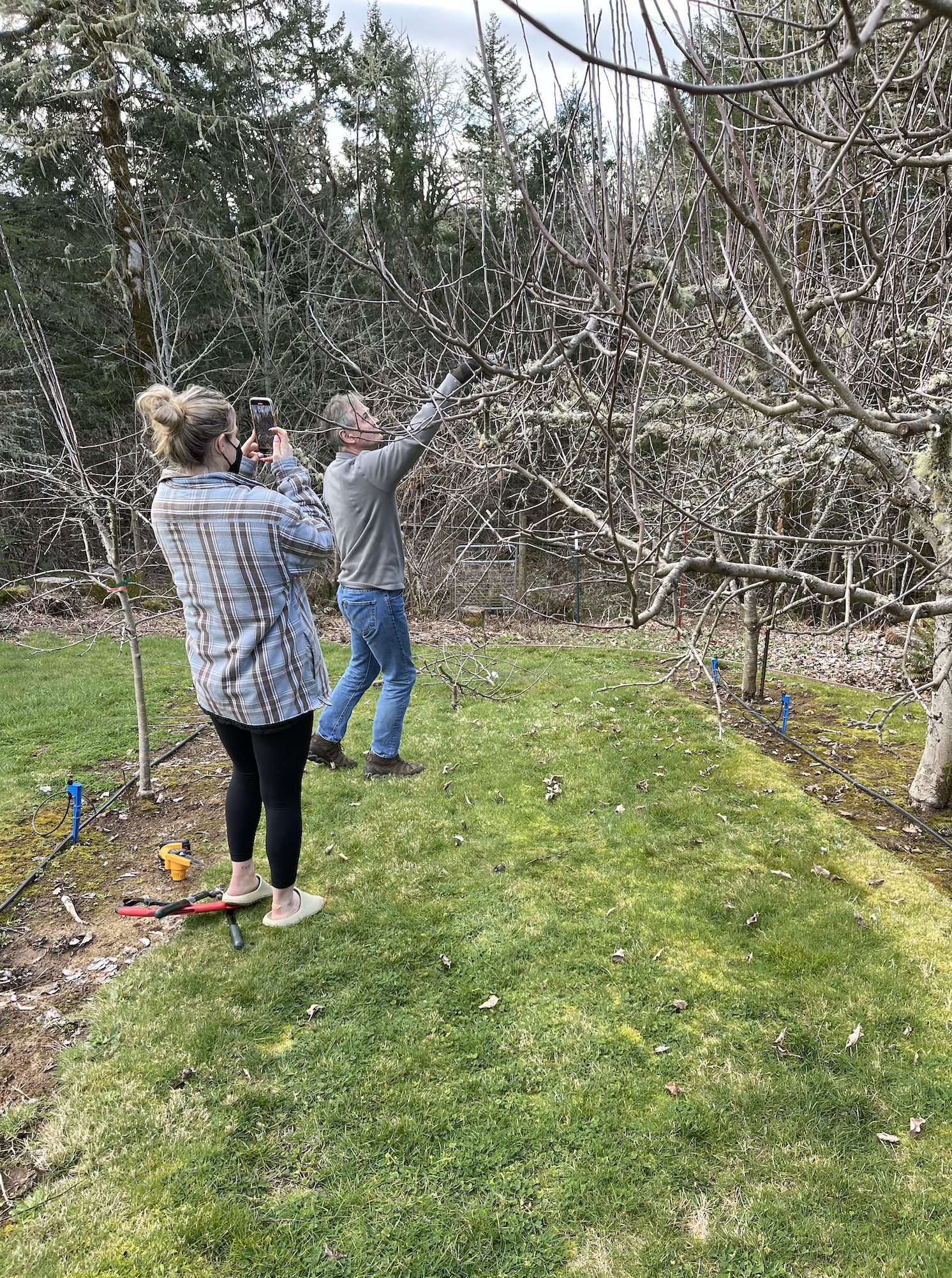It has been a while since we last posted a lab update. Although we’ve been quiet on the blog, we have been busy! This post provides a brief update on some of our efforts, over the past several months.
We have a new website! The website serves as our running record of research projects, lab members, and resources for gardeners. Of particular note is the series of ten Garden Ecology Lab Briefs, that translate our research into a two-page document, that can be used by gardeners. Each brief is divided into three sections: 1) Our research, 2) What we found, and 3) How does this relate to your garden. We have briefs on the common bacteria you will find in garden soils, the flowers preferred by specialist bees, and which plants attract beneficial natural enemies to the garden. More briefs will be coming, soon! In addition to the Garden Ecology Lab briefs, we also have a short form infographic and a long form infographic that can help guide gardeners seeking to buy native plants. We hope that these are useful to you, and would love to hear your feedback on these resources and your suggestions for other resources you would like to see.

Nicole Bell successfully defended her M.S. thesis, entitled ‘Urban garden bees: Global context and local perspectives’ in November of 2023. Her thesis consisted of a systematic review of the garden bee literature (which she published in the journal Frontiers in Sustainable Cities). The second part of her thesis consisted of an online iNaturalist guide and companion booklet (the Portland Bee Guide). Nicole recently started a pollinator outreach position with the University of Massachusetts, Amherst. Congratulations, Nicole!
Svea Bruslind graduated with an honors B.S., for her thesis entitled ‘Bee’s eye view: using multispectral photography to simulate bee’s view of flowers in natural settings‘. She graduated with a group art show (Confluences, at the Little Gallery at Oregon State University), and a solo art show (A Bee’s Eye View) at the Pine Meadows Ranch for Art and Agriculture.

Nina Miller joined our lab group as an M.S. student with a passion for syrphid flies! Nina will be studying the syrphid fly communities of Portland- and Corvallis-area gardens. Specifically, she will document their biodiversity within garden spaces, and will be measuring their capacity for aphid management on kale, collards, mustard greens, and other brassicas. You can learn more about Nina’s study, from this recent blog post.
Anna Perry has joined the lab, to work on a Building-Integrated Agriculture project. Anna will be studying soil moisture and temperature fluctuations, in a 5-th floor urban agriculture array of 13 planter boxes that are part of the PAE Living Building, in Portland Oregon. The data will inform future plantings on this and other urban buildings.

Gail Langellotto worked with Nina Miller and an international group of designers and ecologists to produce a book chapter entitled ‘Supporting Galapagos Native Species via Ecological Landscape Design in Urban Greenspaces’. The chapter came out of the 2023 Association of Pacific Rim University Sustainable Cities and Landscape Conference, which was held in San Cristobal, Galapagos. This interdisciplinary conference coupled architects, designers, and ecologists, to work on urban issues. In the Galapagos, biodiversity drives tourism, but is also under threat from invasive plant species. We compiled a list of 130 native and endemic plant species, and created example landscape designs, to promote the use of native plantings in the urbanized areas of the islands.
Jen Hayes was quoted in this February 2024 Washington Post article about natives and nativars. Jen Hayes and Gail Langellotto were featured in this recent Pacific Horticulture, Voices of the West article. Jen is finishing up revisions to her manuscript reporting pollinator preferences for native plants and native cultivars. We’re excited to share the results with the scientific community, as well as with gardeners.
This is just a sampling of the our work over the last few months. Make sure to bookmark our new lab website, and to share the resources for gardeners with your gardening friends.







1 Comment
Add Yours →We are building community through food sharing. Our home garden produces pears blueberries apricots raspberries Oregon red currants yarrow spearmint lemonbalm curbside from a cul-de-sac (StumpTown Little Free Library) in outer SE PDX next to Powell Butte Nature Park. Come pet the goats and get a few farm fresh eggs.